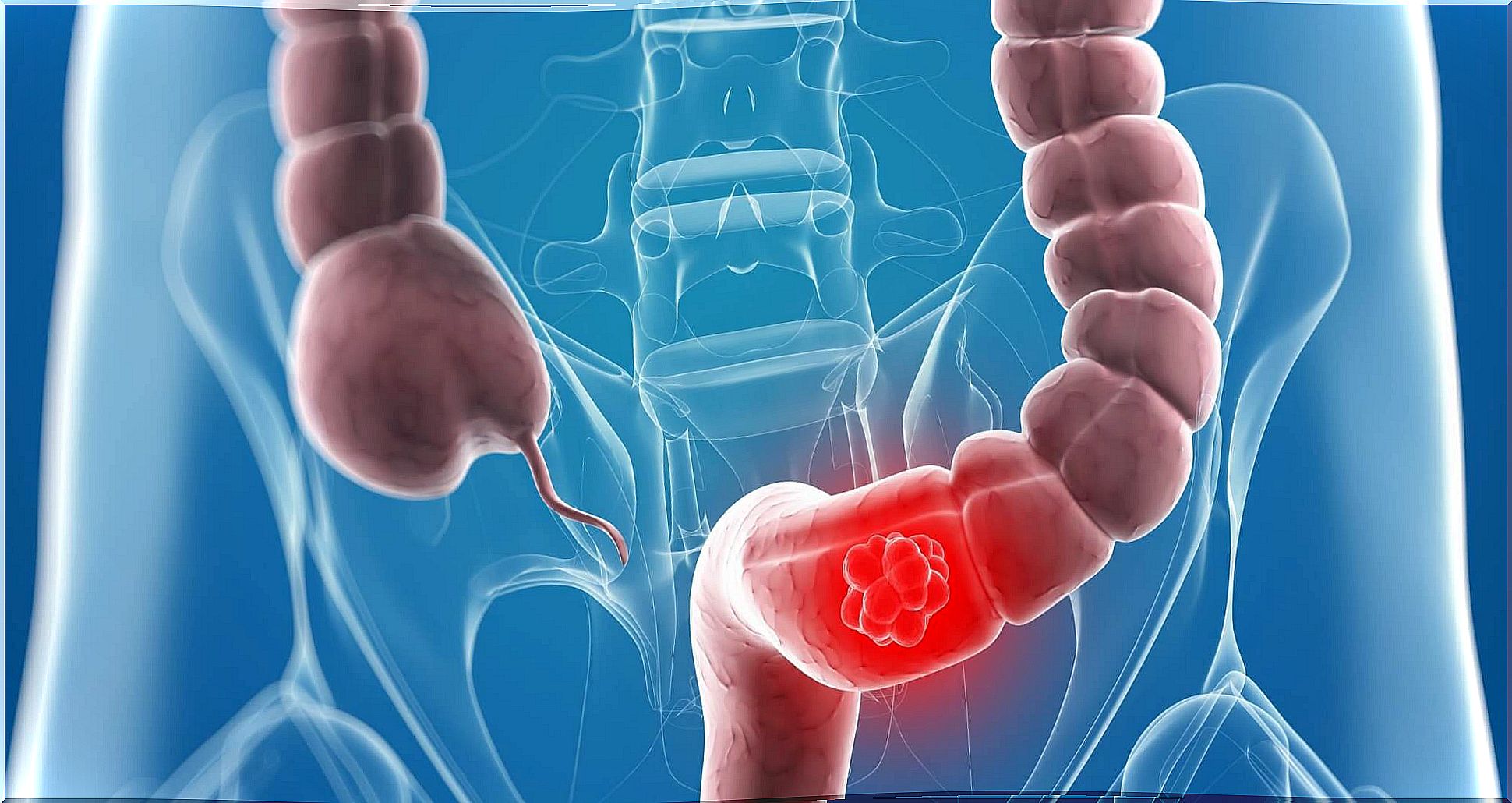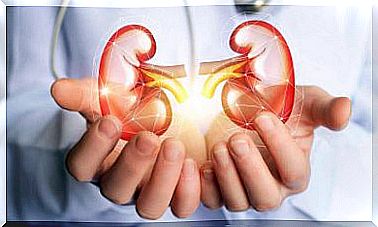Colostomy, What Is It?
The colostomy is one of the forms that the ostomy technique can have. For medicine, the term “ostomy” defines a communication between the exterior and a hollow internal organ. Therefore, these can be from the digestive system or the urinary system.
In the specific case of the colostomy, it is an opening in the abdomen (which allows part of the large intestine to communicate with the outside). This point of contact is known as a “ stoma” and , if you want to know more about this intervention, we will tell you about it below.
How the colostomy works
The colostomy divides the intestines into two parts. The section that is located before the stoma maintains its activities. On the other hand, the part that remains after the stoma no longer works, since the stool will come out through the opening.
Similarly, in addition to the last portion of the large intestine, also the rectum and anus are no longer functional for fecal matter. However, it is possible that the mucosa continues to produce fluids that are expelled to the outside.
As this intervention is located in the large intestine, the absorption of nutrients remains intact because this process belongs to the small intestine (located above and not affected by the technique). However, it does affect the production of fecal matter and its elimination.
Types of colostomy
As explained by the American Cancer Society, the colostomy surgical technique that a patient receives can fall into one of these three types:
1. Temporary
A temporary colostomy responds to pathologies or interventions that evolve better with a part of the large intestine at rest.
For example, when surgery is performed on the intestines that must heal. Then, to prevent the passage of fecal matter, a momentary stoma is created that will be closed. Upon closing, the digestive system continues to function normally.
2. Permanent
In this case, the technique is performed with the aim of leaving the colostomy forever.
When it is decided that it is not possible to repair the traffic, then this intervention is resorted to. It may be colon cancer, for example, which, when diagnosed at an advanced stage, does not allow any other solution other than the removal of a section of the large intestine.
3. Transverse
These colostomies are named for their location. In this sense, it is convenient to know that the large intestine has three parts and one of them is the transverse colon (located in the upper part of the abdomen).

It is not usual to perform a colostomy in this section, but it is sometimes necessary due to anatomical conditions. At that location it is also possible to plan a temporary technique or a permanent technique.
Colostomy bags
The colostomy, then, produces the exit of stool through the stoma to the outside. Therefore, the stool is no longer expelled in the traditional way with its passage through the rectum and anus.
An article published in 2011 by the Brazilian Journal of Nursing indicates that to receive fecal matter, there are colostomy bags. These attach firmly to the stoma and serve as a reservoir for the functional large intestine.
Although there are multiple models and designs of bags, they all have two fundamental parts: the adhesion system -which will fix the reservoir to the skin and the stoma-, and the collection system -which could be a simple bag or a mechanism with emptying. -.

There are different types of bags depending on the manufacturer and the material. However, the fundamental difference is in the system they offer for emptying. Therefore, the decision depends on the patient’s own comfort.
In this line, the emptying can consist of:
- Bag replacement: the bag is used only once and when it is filled, it is removed and another is placed.
- Open bottom: the bag has a lower lock that allows you to remove its contents for reuse.
- Washing: these have a special adhesion system that allows them to be removed. They are made of washable material and, once cleaned, they are fixed again.
Possible complications
As indicated by a group of researchers from the University of Alicante, this condition implies the modification of the lifestyle . The fact of altering the normal excretory function of the intestine and having a bag of stool attached to the body, sometimes leads to certain complications. In this sense, the most common are:
- Dermatitis: Around the stoma, the skin is often red from the colostomy and the flow of stool. In general, with proper hygienic care and the use of certain creams formulated for this purpose, the adverse effect is manageable.
- Narrowing of the stoma: the stoma decreases in diameter after surgery. Although this is a normal process, if it decreases too much it must be resolved with a new intervention; since it can obstruct the exit of the stool.
- Stoma movement: the intestines change their arrangement and therefore exert more pressure outwards. In this aspect, a hernia of the stoma would appear. However, it can happen the other way around and the stoma retracts inward.
In any case, the truth is that these situations require a medical consultation to take measures to maintain the proper functioning of the treatment. Therefore, when in doubt, do not forget to go to the specialist and follow the recommended guidelines.
Likewise, this operation entails a change of life; since patients have to learn to live with the situation. Therefore, it is vital to respect and support your own self-care.









